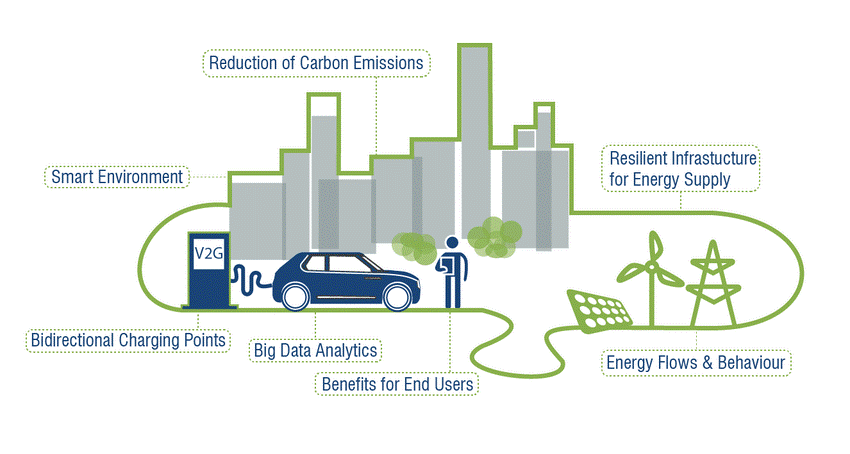Figure 1. Positive impacts of smart charging technologies, by Waldron et al. (2019).
In the latest years, a growing number of cities are leveraging on mobility-related interventions at urban and peri-urban scale to enhance many aspects of citizens’ life such as sustainability, inclusiveness, social cohesion, or public health. In PROBONO, mobility at Living Lab scale is envisioned as a key enabler of GBNs, thanks to the implementation of smart charging-related functionalities in the local energy network.
It is widely known that the electrification of transport is considered a major driver of the green transition. But at the same time it is also clear that the deployment of vast amounts of EVs in our neighborhoods will have a massive impact on the current electricity systems, mainly in terms of installed capacity and power handling. This is due to the fact that users’ EV charging patterns may lead to intense peaks in power demand, which will require extra investments in infrastructure to update electric networks, provided that EV charging infrastructure continue to be based on regular, unidirectional charging points.
Smart charging, enabled by bi-directional chargers can be the key to avoid this kind of problems. By using bi-directional chargers, power can be transferred either from the grid to the EVs, or the other way around. The main objective of smart charging is to manage EV charging demands intelligently, so that it doesn’t destabilize the overall electric network. For this purpose, two main strategies are put in place: load balancing (shifting EV charging demand to off-peak hours), and peak shaving (use energy stored in EV to reduce the intensity of peak demand).
Through smart charging, EVs with bidirectional charging capability can be used as multi-purpose energy banks able to take out or feed energy into the electricity grid, for various applications:
- Vehicle-to-Load (V2L): the EV battery is employed to feed any regular appliances or other EVs by transferring power through a generic power plug, no matter the location of the EV and the load. It does not need the installation of a bi-directional charger to operate, and it can be used to power critical loads during an outage, or to power appliances when on the road.
- Vehicle-to-Home (V2H): vehicle-to-home consists on extracting energy from an EV battery, to power a home during a certain time period, instead of being fed by the electricity grid. One of most interesting applications of this technology is power outage prevention.
- Vehicle-to-Grid (V2G): vehicle-to-grid takes place when a portion of the EV battery energy is introduced into the electricity grid, usually in exchange for an incentive for the EV owner. V2G charging can help to minimize the impact on the power generation systems during peak demands, hence increasing the grid flexibility, resilience and stability.
In practice, the management of EVs charging can be integrated in the general GBN energy management system to maximize energy savings. To this end, the system can prioritise the charge of the vehicles attending to users’ needs, as well as energy availability considering a high portion of the energy being produced by renewable sources. It also allows optimizing the operating cost of the network, and avoiding grid congestions at GBN scale. At the same time, smart charging can generate incomes to GBN inhabitants, mainly through V2G energy transfer, therefore lowering the ownership costs of EVs.
The research leading to these results has received funding from Horizon 2020 Green Deal under Grant Agreement 101037075
